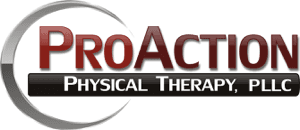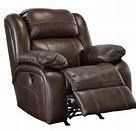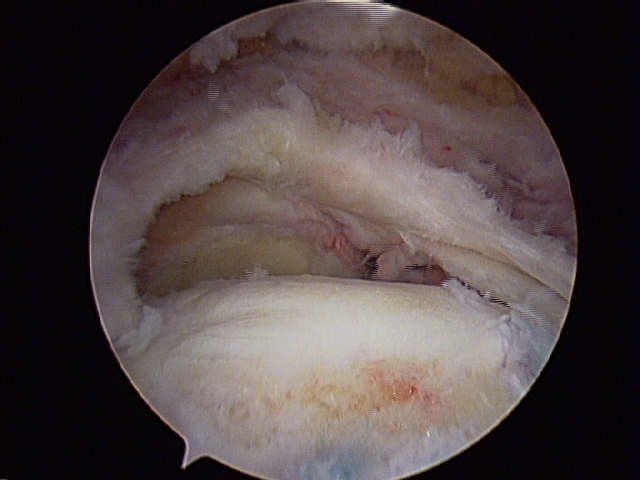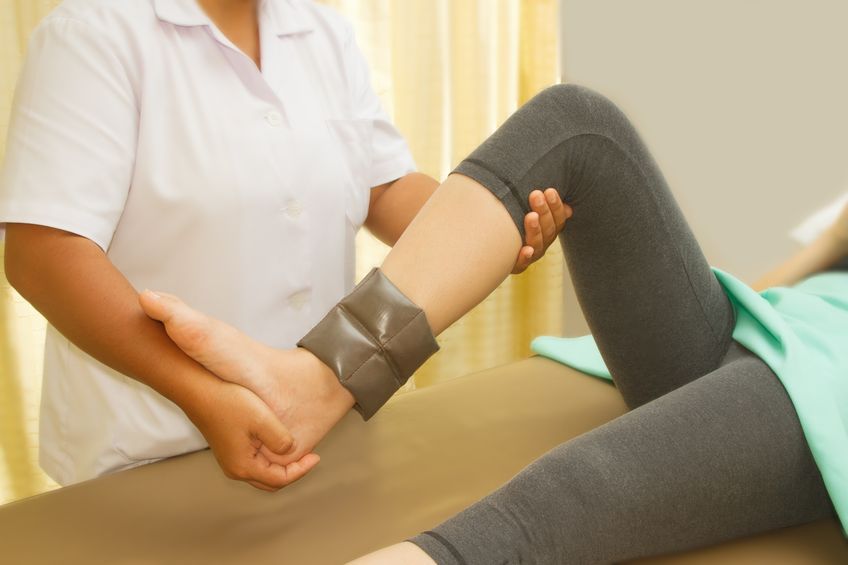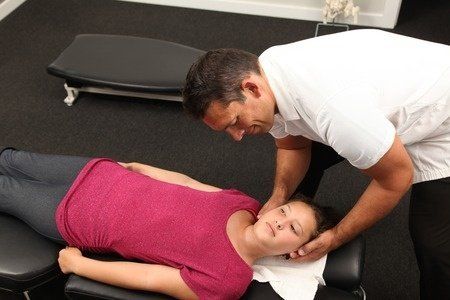Will the Real Fountain of Youth Please Stand Up?
- By Todd Aalbu, MPT, CSCS, PES, CAFS
- •
- 31 Mar, 2016
- •

Have you ever had one of these moments?
You’re on the treadmill at the gym, and prompted to enter in your age to calculate your optimum heart rate. And you can’t believe the number you just keyed in. Where did the time go, and weren’t you just rocking out at that Fleetwood Mac or Rolling Stones concert? Your kids and grandkids see graying hair and age spots, but you walk around feeling like you’re the same rebel you’ve always been.
Yes, it happens to everyone!
If you think about it, aging is a gift. Racking up birthdays is a privilege denied to many. So the real fountain of youth isn’t found in skin creams, hair dyes or pills. Health is the real wealth in life, the real key to vitality and energy and the spring in your step. And a healthy attitude goes a long way in building a healthy body!
Aspire to be a “Super Ager”
At one time, popular wisdom held that disease and disability were a natural part of aging. It’s true that getting older does increase our risk of health issues. But many people live active lives full of purpose well into their older years. Look no further to those scientists call, “super agers,” people in their eighties and nineties with brainpower and physical attributes that seem far younger than their advanced years.
Live Long and Prosper: Take these Steps and Go the Distance
Get regular exercise. Older adults who exercise regularly report fewer problems with overall health and mobility. They also report lower health care costs than seniors who aren’t physically active. Water activities like swimming can be great options for older adults. Water exercise has been shown to help with disabilities and improve quality of life. Exercise can maintain or improve older women’s bone health. And it can be beneficial for people with arthritis and chronic illnesses. You don’t have to join a pricey gym, just get out and walk.
Eat healthy foods. Be sure to include whole grains, fruits, vegetables (fresh, frozen or canned), lowfat dairy and lean protein such as beans, peas and fish in your diet. Limit foods that are high in sugar, salt and fat. Limit alcoholic intake and drink plenty of water.
Stay connected with others. People who stay active with their family and community show symptoms of Alzheimer’s disease later than those who have less outside contact. Join a club, attend a new church, or invite new neighbors to dinner to make new friends.
Find a purpose. Taking part in productive activities also builds emotional and physical health. Studies show that volunteering can help a person feel happier and more confident about life. It is especially helpful in older adults. If transportation is an issue, find another way. Consider volunteer work that you could do by phone or computer in your home.
Get help. For both mental and physical ailments. Mentally, depression is common among older adults. Don’t ignore the signs. A loss of interest in favorite activities, feelings of worthlessness and lack of energy can mean you may need to talk to someone who can give some direction. Be sure you have a strong support system for times when you’re feeling down. Physically, things do have a tendency to break-down as we get older, do not ignore symptoms and warning signs. Consult your physician about your concerns and seek treatment if necessary.
Serving the Snohomish county area, ProAction Physical Therapy helps people stay active and enjoying the life they want...and deserve.

I titled this entry as “Reality Bites” due to the fact that, again, unrealistic expectations often will lead to disappointment. I had the thought earlier this week that the definition of “Reality” should be “where Theory converges with Execution/Performance.” You might have the unrealistic expectation that you are going to be ahead of the average, but then the physical fact that healing occurs at a fairly set rate, and regardless of who you think you will be, there are only so many factors that can influence that rate of healing.
I have come to the realization that this is, in-fact, a very long road to recovery. Theory and knowledge of the healing process and Rotator Cuff function would have clearly defined that fact. But when you go into the procedure with unrealistic expectations of beating the “protocol,” it set me up for being unprepared for some of the typical ups and downs that occur with recovery.
So, my PT, David Dahl, has had the unfortunate task of having to “talk me off of the ledge” a couple of times this week. Bringing things back into perspective that we have met the goals of the protocol, as well as that this is only week 4 after surgery, of what Dr. Khalfayan has predicted to be a 10-12 month recovery to full function. With that perspective, I have to keep in mind that this is roughly 1/12 of the way in the process. Brad at my 4-week post-op visit drove this point home as well, stating that being at this point in the recovery process is exactly where they want to see me, not ahead of schedule, and not behind. In their experience, Brad included that the individuals who are ahead of the protocol and schedule often are more at risk for re-tear/failure of repair. The individuals who are way ahead of schedule often falsely gain confidence and push activities past what the repair can handle to which leads to the failure of the repair.
To re-focus on the positives, I am sleeping in bed propped up. As well as sleeping in bed, I am also now able to make it through a better part of the night sleeping roughly 3 hours at a time, before changing positions, and then going back to sleep. I have also been able to sleep a few hours without my sling on, with is a very welcomed change! I have been driving this week for short distances as well as spending a little time at work doing some light computer work and paper work. All of these seem minor, but feel like exponential gains from 1-2 weeks ago. Progress is occurring!!
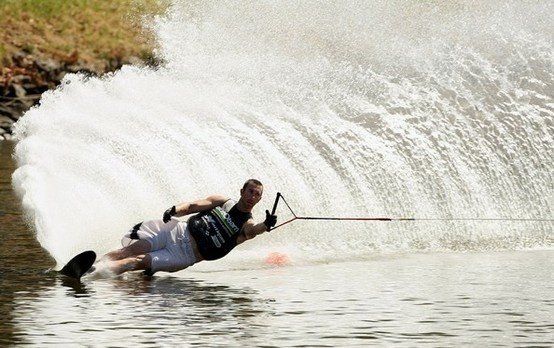
At the time, I knew that this injury was “more than the typical fall” that with some time, some rest, and usually some ibuprofen, I would get past the inflammatory phase and move on. Within a few days, as the acute phase was calming down, I was able to understand that I had some hallmark signs of instability of my shoulder, which lead me to seek out an Orthopedic consult with a local Ortho surgeon. A MRI was ordered and results found a tear of my Posterior Labrum, as well as what was thought to be a small tear in my Supraspinatus Muscle/Rotator Cuff. A cortisone injection was administered, with little relief, which lead to another injection approximately 4 weeks later.
One thing that I often will counsel my clients on is that “you often have to be your own medical advocate,” leading you to make decisions or determine the best course of treatment for your own benefit. It is interesting how I can often recognize that need in my own clientele, but that it is so often ignored when YOU are the CLIENT. I say this only because that during the months after my initial injury, my “gut” told me that there was more going on, even though the course of treatment suggested was fairly routine and very conservative. None-the-less, I continued on the conservative trail, trying to manage my symptoms with rest, stretching, and avoiding activities or positions that seemingly were aggravating my inflammation. All the while I was avoiding what was truly staring me in the face, and that was the fact that I was getting weaker, having tremendous difficulty sleeping at night as well as working, limiting my skiing frequency significantly, and growing more and more frustrated with my condition. It was upon seeing the Ortho again one time in May that I expressed my frustration at my lack of progress, to which they said, “Well Todd, you are really just dealing with an inflamed bursitis, nothing more.” I was very perplexed by this statement, as I had a confirmed Rotator Cuff tear, as well as a Labrum tear from the MRI. But, I did not want to be confrontational with the MD, so I walked out of that appointment knowing that I would be needing to seek a second opinion. Finally, I started to wake up and follow my gut instinct. Be that as it may, it only took me 8 months to figure it out…
Fast forward to September, and my consult with the second opinion. I chose an Orthopedic Surgeon in Seattle who has a great reputation, and a surgeon that I have seen phenomenal outcomes from their surgical decisions and techniques. He took one look at the MRI, and noticed more involvement that had previously been noted by the first Ortho, as well as the need for further testing involving a contrast dye Arthrogram to indicate the full involvement of the injury. After a few weeks of aggressive PT for what was now an adhered capsule (aka “frozen shoulder”), the Arthrogram was conducted. What was indicated was a 1-inch tear (2.5 cm) in one direction, as well as another roughly 1-inch tear (2.2 cm) in another direction of the Supraspinatus. It also showed not only the tear in the Posterior Labrum, but also a tear of my Anterior Labrum (SLAP), as well as some other “43-year old shoulder” arthritic changes. In the next blog, I will further go into the next step, “To do surgery or continue the conservative route.”

